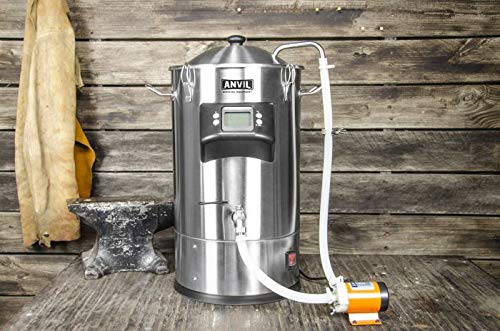Diesel fuel in the engine explodes - it detonates as opposed to simply deflagration burning - this imposes enormous shock loads.
Shock loading doubles stress loads.
Hence considerably larger bearings and stronger piston and crank designs than petrol.
This will be particularly relevant for sizing big and small end bearings.
Plain bearings offer far better dynamic loading via the larger film wedge area being hydrodynamically created (for a given diameter).
It follows that the same hydrodynamic forces created by numerous smaller wedges is going to be less effective.
In either case the lubrication needs to be copious and maintained.
I don't see using needle bearings in a diesel will permit you to get away with less / simpler lubrication.
The needles also need to run on a hardened inner and outer raceways - you do get sleeves for needle bearings but that requires a dismantleable crank design.
Personally, I'd stick to plain bearings.
IIRC, years ago I read a study that found that oil bath wetted plain bearings outperformed both ball and roller bearings.
My 10c worth.
Regards, Ken I
Shock loading doubles stress loads.
Hence considerably larger bearings and stronger piston and crank designs than petrol.
This will be particularly relevant for sizing big and small end bearings.
Plain bearings offer far better dynamic loading via the larger film wedge area being hydrodynamically created (for a given diameter).
It follows that the same hydrodynamic forces created by numerous smaller wedges is going to be less effective.
In either case the lubrication needs to be copious and maintained.
I don't see using needle bearings in a diesel will permit you to get away with less / simpler lubrication.
The needles also need to run on a hardened inner and outer raceways - you do get sleeves for needle bearings but that requires a dismantleable crank design.
Personally, I'd stick to plain bearings.
IIRC, years ago I read a study that found that oil bath wetted plain bearings outperformed both ball and roller bearings.
My 10c worth.
Regards, Ken I












![DreamPlan Home Design and Landscaping Software Free for Windows [PC Download]](https://m.media-amazon.com/images/I/51kvZH2dVLL._SL500_.jpg)

















![MeshMagic 3D Free 3D Modeling Software [Download]](https://m.media-amazon.com/images/I/B1U+p8ewjGS._SL500_.png)































